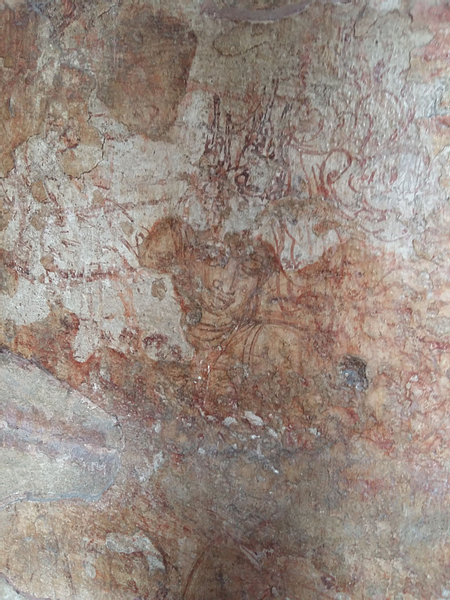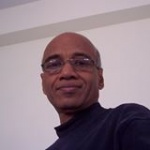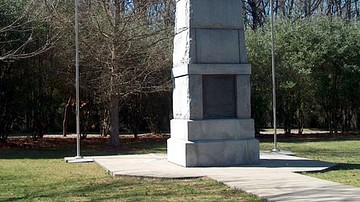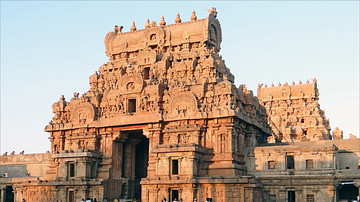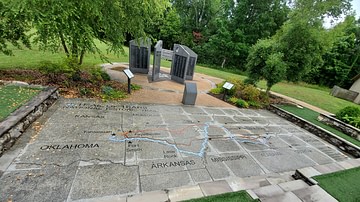The Pallavas ruled south-eastern India from the 3rd through the 9th centuries CE. Their empire covered what is today the Tamil Nadu state. Their origin is shrouded in mystery though historians believe their roots might have been from Andhra Pradesh state, north of Tamil Nadu. The Pallava's own sculptural history at Vaikuntaperumal temple depicts their ancestral roots to the Gods Vishnu and Brahma. The Pallavas were a progressive lot, built broad roads, promoted the arts, and they constructed solid and lasting temples using sandstone and granite. Unlike the brick and clay temples of their past, using such durable building materials laid the platform for the artisans to express themselves through paintings and sculptures.
The Pallava temple architecture is said to have influenced the UNESCO World Heritage Sites such as the Big-temple in Thanjavur, the Kailasanatha temple in Ellora and others built by northern rulers like the Chalukyas and Rashtrakutas. Although the lion was their insignia that served as a base to their pillars, it is the elephant they appeared to have been most fond of as they occupy many other niches of their architecture. The creativity of the Pallavas did not diminish throughout their reign despite being constantly at war with the Chalukyas from the north.
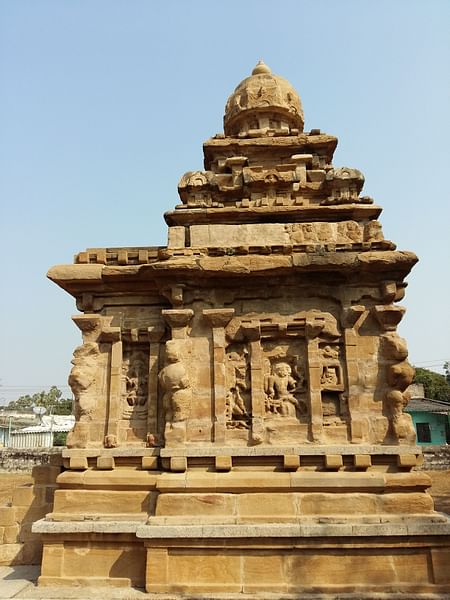
Great Emperors
Mahendravarman I (r. 600-630 CE), Rajasimha or Narasimhavarman II (r. 700-728 CE) and Nandivarman (r. c. 731 - c. 796 CE) are the kings who stand out in the dynasty. Mahendravarman was an intellectual of great merit, a playwright, musician and built rock-cut temples. Following in his steps, his grandson Rajasimha built the exquisite Kailasanatha temple in Kanchipuram and the shore temple at Mahabalipuram while Nandivarman built the Vaikuntanatha Perumal temple where the entire life-history of the Pallava dynasty is etched on the surrounding walls.
Capital Town
The town of Kanchipuram was the capital of the imperial Pallavas. Kanchi is steeped in history, culture, and art as evidenced in the Sanskrit saying 'Nagareshu Kanchi', meaning the first among cities, which glorifies this place. The earliest reference to the city is in the Mahabhashya of Pathanchali of the 2nd century BCE. Later Tamil works of the 2nd century CE like Manimekalai and Perumbhanatrupadai talk about the town as it was during that time. Kanchi came under the Islamic Malik Kafur's and French onslaught before being taken over by the British.
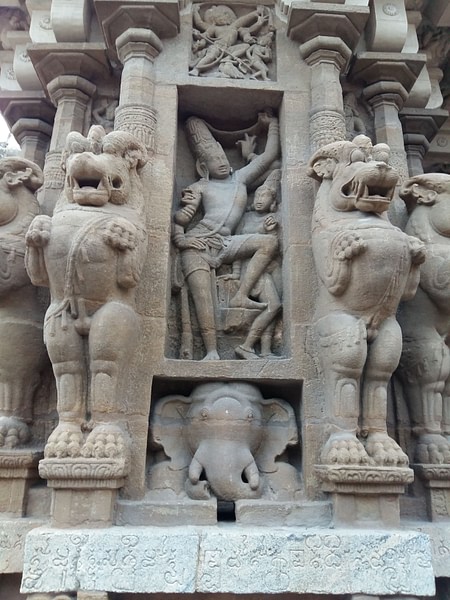
Buddhism, Jainism, Saivism and Vaishnavism had a huge following here. In fact, Buddhism and Jainism had the sway because of royal patronage until the Hinduism revival which happened in the 7th and 8th century CE. Chinese Buddhist scholar Hieun Tsang travelled here in the 6th century CE and recorded his account on the town while Marco Polo noted his views during his visit in the 12th century CE. Bodhidharma, said to be a son of a Pallava king and founder of Chan Buddhism travelled to Canton in China around 520 CE. Chan is referred to as Zen in Japan. Though Bodhidharma's southern Indian roots remain a subject of debate among Chinese historians, his manuscripts are still preserved in the Shaolin temple, where he is said to have taught martial arts to the monks. The Advaita philosopher Adi Sankara travelled to Kanchipuram and established a monastery that continues to function to this day. Though Adi Sankara's time period is generally referred to as the 8th century CE, the monastery records go back to the 5th century BCE and provide a list of monks who succeeded him to this day.
The Saivite poet Appar of the 7th century CE and a contemporary of Mahendravarman I described the city as a storehouse of immeasurable knowledge and learning. The Chinese scholar Hieun Tsang, too, found the learned people of the city as a unique feature.
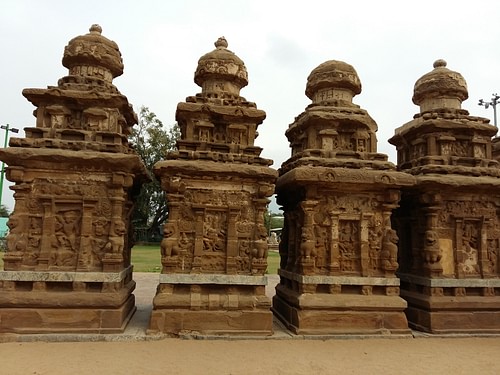
Architectural Masterpieces
Kailasanatha Temple (700 - 720 CE)
Built in sandstone during the first quarter of the 8th century CE, it is the oldest of the Pallava structures that stand today. On entering, we find 8 small shrines stand in a row, 6 on the right and 2 on the left. All the 8 are identical in style and are of sandstone but for the granite surface where the inscriptions are found. From the inscription we learn that the first on the right is dedicated to Rajasimha's grandfather Mahendravarman I, the third one reveals it was built by his queen Rangapataka and the inscriptions in the rest of the shrines are illegible.
Passing the shrines, the next temple was built by Rajasimha's son Mahendran, behind which stands the main temple built by Rajasimha himself. It appears King Rajasimha wanted his entire family to contribute to building this edifice of his dreams. While the walls around the temple are adorned with exquisite sculptures, the pathways around are dotted with small shrines of breathtaking sculptures and faded frescos. In all 23 anugraha murthis (benignant gods) and 17 samhara murthis (maleficent gods) are depicted.
Numerous inscriptions running around the temple are in 3 different scripts, Nagari, Pallava-granta and calligraphic Nagari. 320 titles in praise of the king Rajasimha are found among them which speak of the munificence of the king, his valour and piety. One among the inscriptions, written in the Kanada script of their eternal enemy the Chalukyas of the north, is of great interest. It is of Vikramaditya Chalukya, who had invaded Kanchi with rage and nothing but destruction in mind who encountered this temple and, astounded by its architectural beauty, ordered his commanders not to touch anything in this conquered town and instead presented gold and jewellery as offerings to the god. His queen Loka Mahadevi too, having impressed with this edifice, is said to have taken artisans from Kanchi to build a similar temple at her home location of Pattadakal, and that today stands as the Viruppaksha Temple. The later Chola emperor Rajarajan (947-1014 CE), who built the Big Temple in Thanjavur also must have visited and been influenced by this architecture as his inscriptions are found here as well.
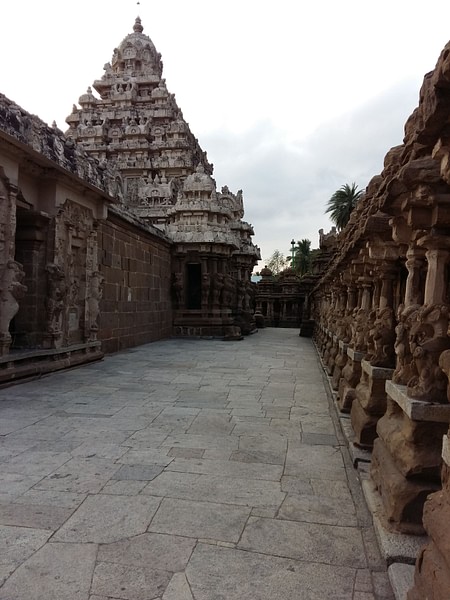
Vaikuntanathaperumal Temple (755 – 790 CE)
Unlike most of his Shiva-worshipping ancestors, Nandivarma Pallava Malla, who is said to have joined the dynasty from outside the Kanchi lineage, was a great devotee of Vishnu and built this temple in the third quarter of the 8th century CE. The walls of a covered walk around the temple vimana or tower are divided into a series of panels wherein a sculptural gallery of the entire Pallava dynasty history is displayed. They cover the period of Pallava origin to the reign of Nandivarman. Many of them have worn away with the passing years. The vimana is similar to the one at the Kailasanatha temple although the ground plan differs. The tower encloses a flight of steps to the two upper storeys. At the three levels, the Vishnu deities are installed in sitting, reclining and standing postures.
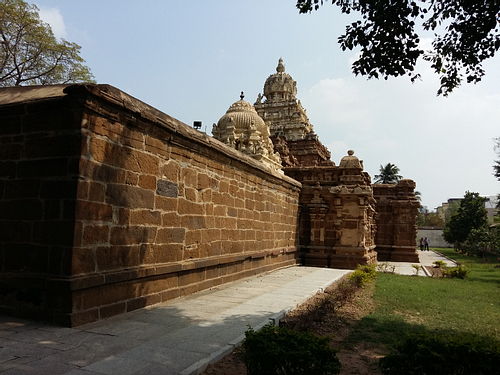
Valisvara Temple (700 – 740 CE)
This temple, hardly visited by anyone, is located to the west of a water-tank inside the Ekambareswara temple. It is believed to have been built in the first quarter of the 8th century CE. A unique Shiva sculpture here is seen holding a skull in one hand indicating it might have been worshipped by the Kapalika sect of the Shiva followers of those times.
Mukteswara Temple (730 – 753 CE)
According to an inscription on the wall of this temple, this was built by the queen Dharmamahadevi of Nandivarma Pallava. It is built on a plinth raised about 10 feet (3 metres) from the ground level and reached by a flight of steps. Again here, the walls are decorated with sculptures of Shiva in various forms. Its lion-pillars and pilasters confirm the builders and its dating may lie around the last quarter of the 8th century CE.
Matangeswara Temple
It is identical in details with the Mukteswara temple. The inscriptions here do not indicate the builder but may belong to the same period as Mukteswara.

Airavatisvara Temple
This temple is located diagonally across a temple called Kaachisvara but hardly noticed or visited by people. It is hidden behind a cluster of shops at the front. The temple tower has disappeared and the remaining structure very much cries out as Pallava architecture.
Iravasthalam & Piravasthalam
These two shrines, located across each other, are minor shrines of the Pallava period. They appear more like a prototype of later temples built. Irava meaning immortality and Pirava meaning no-rebirth and the gods at these temples, Iravathaneswarar and Piravathaneswarar are implied to bestow these blessings on the devotees. The temples are believed to have been built by Rajasimha Pallavan in the 8th century CE.
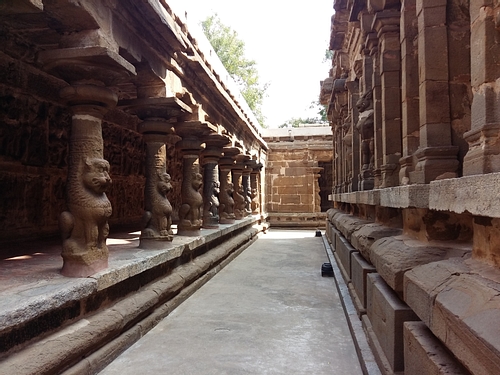
Thanthondreeswarar Temple
Located a short walk from the Ekambareswara temple, the most interesting and significant Pallava sculptures found here are believed to portray the scenes from the satirical work ' Mathavilasa Prahasana' of emperor Mahendravarma Pallavan I.
Earliest Temples
The earliest of the temples, all built, according to French archaeologist, Professor Joveau Dubreuil, by king Mahendravarman I, is now lost although its pillars – one of these is inscribed with the name of the king – were used subsequently in a mandapa at the Ekambareswarar temple. The cave temples built by this king are strewn around Ginjee, Tindivanam, Kanchipuram, Arakonam, and Chengelpet, among other districts.
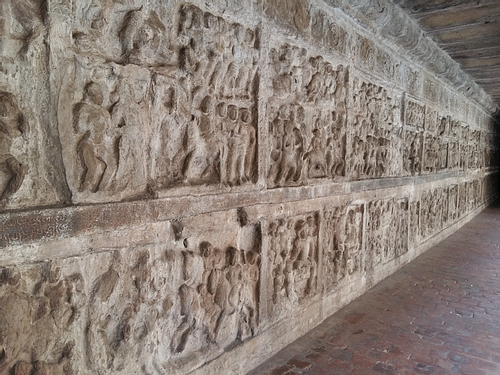
Kanchipuram Today
Because of the presence of the monastery and numerous post-Pallava temples, the town continues to be an important centre on the pilgrimage circuit. Other than foreign tourists, scholars and history-enthusiasts, the above mentioned Pallava monuments do not draw much local attention. Most of the temples above are under the maintenance of the Archaeological Survey of India, a wing of the Central Government.

